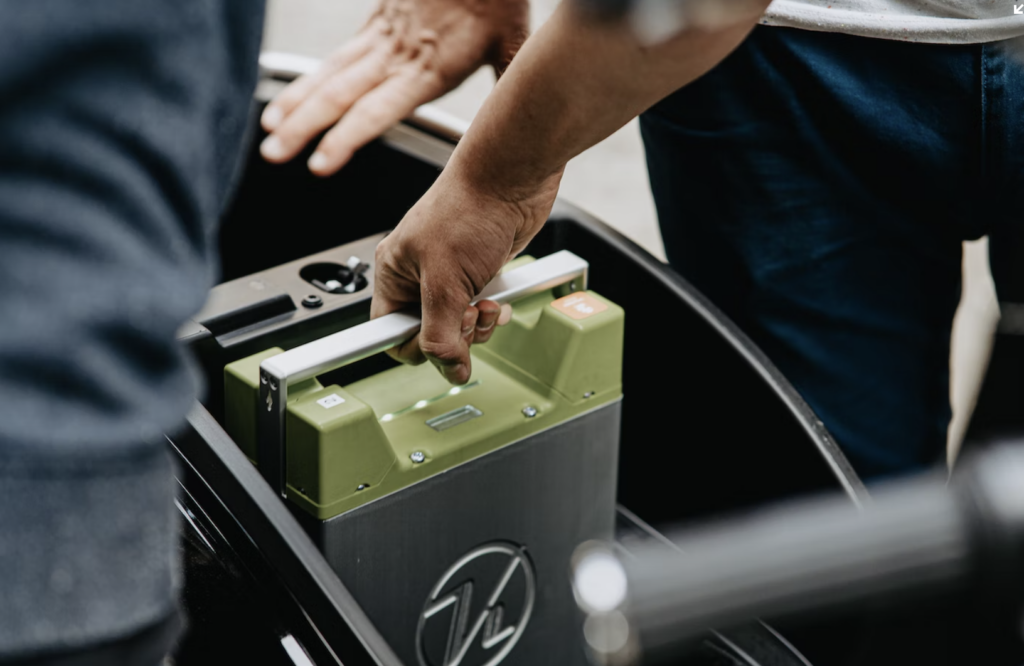Old Smartphone Batteries Being Repurposed To Power Electric Vehicles?
Experts are working to take lithium and cobalt form old smartphone batteries and turn that into batteries for electric vehicles.
This article is more than 2 years old

Most of us replace our cell phones every couple of years, so all those smartphone batteries end up in a landfill. Since they don’t break down, the ecological impact is fairly significant. But the good news is that many companies have started researching how they can turn those wasted batteries into power sources for electric vehicles.
Batteries from smartphones and electric vehicles contain two key components – cobalt and lithium. However, these substances are finite and limited. On top of that, the mining processes required to reach them have raised concerns about human rights abuses and resulting ecological damage.
But in our current economic environment, old and used items (like smartphone batteries) just get tossed. Some experts estimate that Americans dispose of over 3 billion batteries annually. That means that we also throw out critical components like lithium and cobalt.
And that is where ingenuity and innovation come in. According to The Cool Down, “Experts believe that there is enough cobalt in just 166 cell phones to create a new electric vehicle battery.” That doesn’t even account for the amount of lithium in things like smartphone batteries, laptops, and electric toothbrushes.
So some companies have decided to lead the charge in developing a recycling technology to take those used batteries and turn them into batteries for electric vehicles. Those companies include Li-Cycle and Cirba Solutions. Additionally, a non-profit organization, Call2Recycle, stepped up to the recycling plate.
There is a slight problem, though. Mitch Jacoby from Chemical & Engineering News said, “Because the Li-ion battery industry lacks a clear path to large-scale economical recycling, battery researchers and manufacturers have traditionally not focused on improving recyclability. Instead, they have worked to lower costs and increase battery longevity and charge capacity.”
The process of recycling smartphone batteries is in its infancy. So there is no quick, easy, or cost-effective way to turn those components into batteries for electric vehicles. At least, not yet.
The good news is that the federal government has joined the research and development efforts. The U.S. Department of Energy has a Vehicle Technologies Office. It started a program called ReCell that works on developing an advanced process known as direct recycling.
The ReCell website states, “Direct recycling is the recovery, regeneration, and reuse of battery components directly without breaking down the chemical structure. By maintaining the process value in the original battery components, a lower-cost re-constituted material can be supplied to battery manufacturers.” And that is good news for manufacturers of electric vehicles.
If recycling smartphone batteries can get streamlined quickly, it would lead to significant cost savings. IDTechEx, a market research firm, believes that such recycling programs may ultimately lead to the recycling of 13.2 million tons of batteries by 2042. In terms of dollars, that would equate to roughly $49 billion in metals.
With any luck, the efforts of companies like Cirba Solutions will lead to breakthroughs in electric vehicle battery technology. And that may ultimately help reduce the overall cost of electric vehicles. Those improvements would also be a step in the right direction of protecting the environment.




